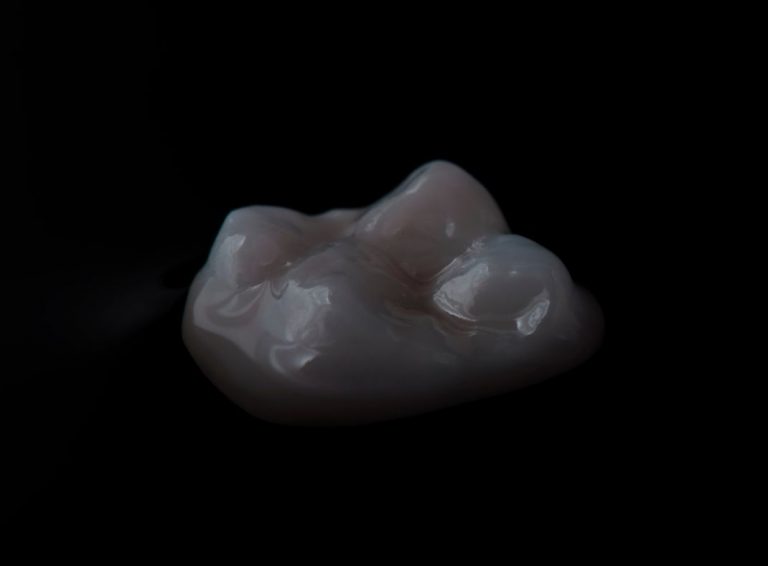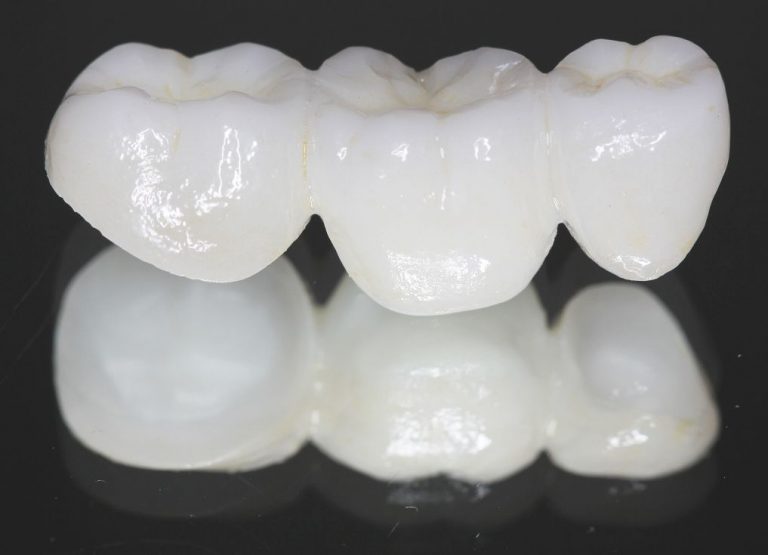What are Dental Crowns and Tooth Bridges?
Both crowns and most bridges are fixed prosthetic devices. Unlike removable devices such as dentures, which you can take out and clean daily, crowns and bridges are cemented onto existing teeth or implants, and can only be removed by a dentist.
Why has my dentist suggested a crown or bridge?
Crowns are indicated for teeth, which are too extensively decayed, damaged or discoloured for treatment by other means.
A bridge is recommended for optimum dental health. It can restore and help maintain your natural bite, it prevents unnatural stress on adjacent teeth and it helps discourage further dental decay and periodontal problems.


How do Crowns Work?
A crown is used to entirely cover or “cap” a damaged tooth. Besides strengthening a damaged tooth, a crown can be used to improve its appearance, shape or alignment. A crown can also be placed on top of an implant to provide a tooth-like shape and structure for function. Porcelain or ceramic crowns can be matched to the colour of your natural teeth. Other materials include gold and metal alloys, acrylic and ceramic. These alloys are generally stronger than porcelain and may be recommended for back teeth. Porcelain bonded to a metal shell is often used because it is both strong and attractive.
Your dentist may recommend a crown to:
- Replace a large filling when there isn’t enough tooth remaining.
- Protect a weak tooth from fracturing.
- Restore a fractured tooth
Attach a bridge. - Cover a dental implant.
- Cover a discolored or poorly shaped tooth.
- Cover a tooth that has had root canal treatment
Top Treatments
- General Dentistry
- Preventative Dentistry
- Cosmetic Dentist
- Teeth Straightening
- Missing Teeth
- Restorative Dentistry
- Nervous Patients
Get In Touch

How do Dental Bridges Work?
A dental bridge a restoration that bridges a gap resulted from missing teeth in your mouth. It involves replacing a missing tooth with a false tooth which is fixed to the natural teeth on either side of the gap. If the teeth either side of your missing teeth are strong and healthy, you may be able to have a fixed or adhesive bridge.
An adhesive bridge is a false tooth with ‘wings’ either side of it. These wings are bonded to the inner surfaces of the supporting teeth. This avoids the need to prepare the neighbouring teeth for full coverage crowns for the fixed bridge option.
Dental bridges offer a permanent solution for missing teeth., bridges can replace missing teeth without surgery and with the advances in aesthetic dentistry, your replacement tooth could be almost indistinguishable from the natural teeth surrounding it.





